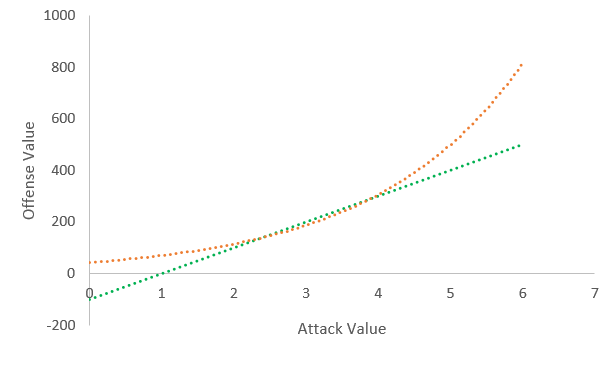9 minutes ago, f0rbiddenc00kie said:MajorJuggler has a much different expertise than I do. His is math, mine is pattern recognition.
His MathWing thread can tell you approximately how much pilot skill is worth for different price ranges and how pilot abilities like Scum Boba Fett affect jousting value. I can't do that.
What I can tell you is what you're paying for and why. What you can learn from MajorJuggler and I are very different things.
I would argue that MJ can do that very well too. ^^
And how we the public use that data might be very similar.
